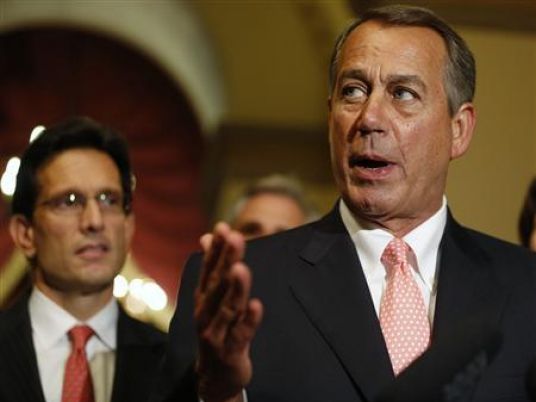
Representatives of 187 United Nations member countries adopted on Tuesday the first main agreement of the post-2015 development agenda, which is a new framework that will limit the risk of disaster by setting seven goals and four priorities.
Eriko Yamatani, conference president and Japan’s minister of state for disaster management, approved the formula for the Sendai Framework for Disaster Risk Reduction 2015-2030. This framework to reduce the risk of disasters was agreed upon after more than 30 hours of deliberation.
Margareta Wahlström, the UN secretary-general’s special representative for disaster risk reduction and head of the UN Office for Disaster Risk Reduction said, “The adoption of this new framework for disaster risk reduction opens a major new chapter in sustainable development as it outlines clear targets and priorities for action which will lead to a substantial reduction of disaster risk and losses in lives, livelihoods and health.”
“[The] implementation of the Sendai Framework for Disaster Risk Reduction over the next 15 years will require strong commitment and political leadership and will be vital to the achievement of future agreements on sustainable development goals and climate later this year. As the UN Secretary General said here on the opening day, sustainability starts in Sendai,” Wahlström added.
The framework outlines seven global goals to be achieved during the coming 15 years: targeting high reduction in deaths resulting from disasters, decreasing the number of affected persons, minimizing economic losses, reducing the losses caused by catastrophes, increasing the number of countries with strategies to reduce disaster risks by 2020, boosting international cooperation and increasing the chances of getting multi-hazard early warning systems and disaster risk information.
“Japan's special relationship with the global disaster risk reduction community has been strengthened by the outcome of this World Conference. Successful implementation of this new framework will mean a reduction of existing levels of disaster risk and avoidance of the creation of new risk,” said Yamatani.
More than 6,500 participants, including 2,800 government representatives, attended the five-day conference held in Sendai, Japan.




